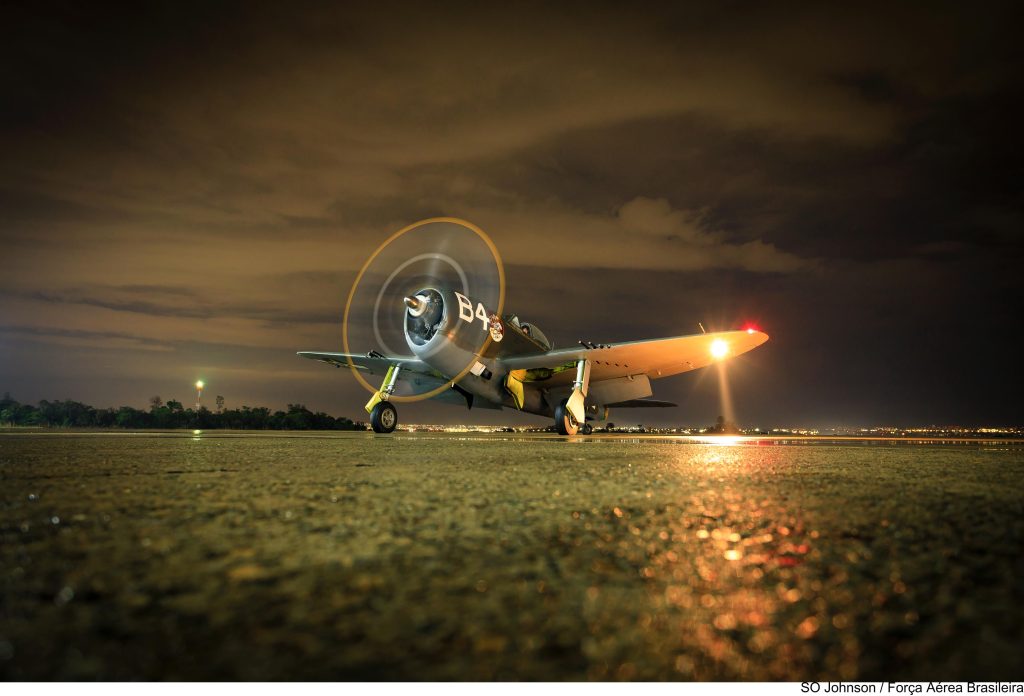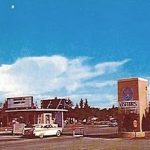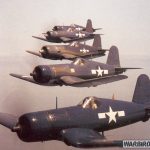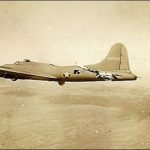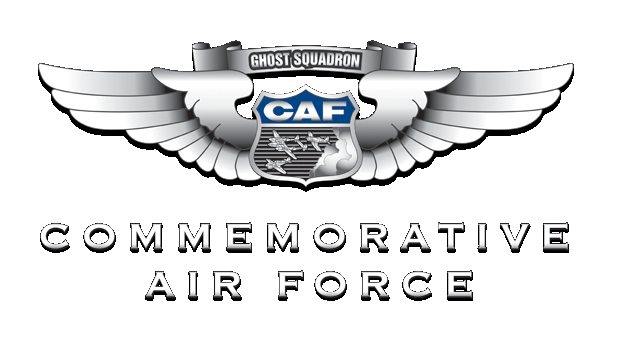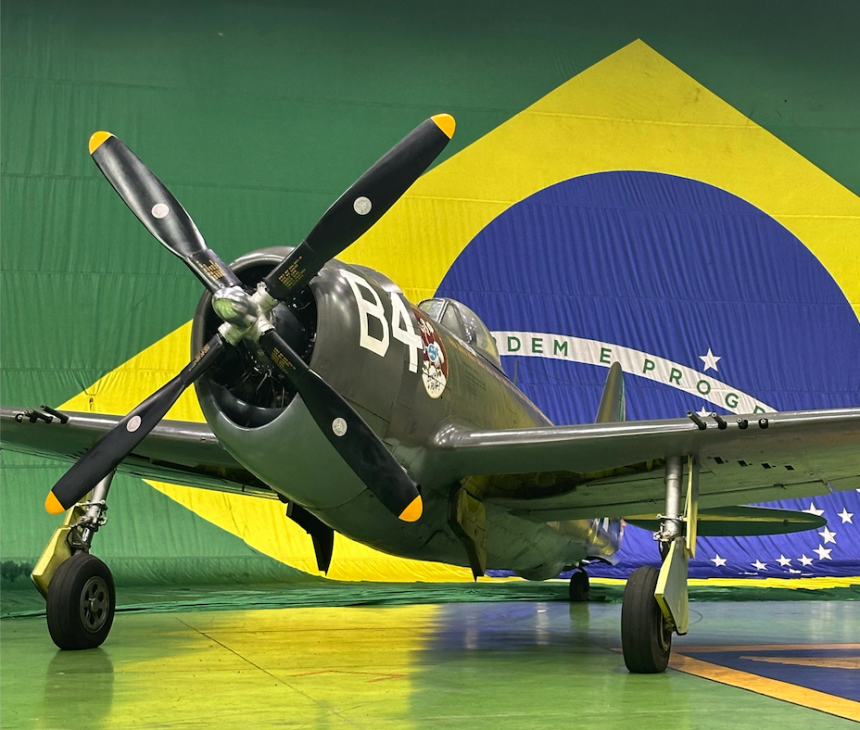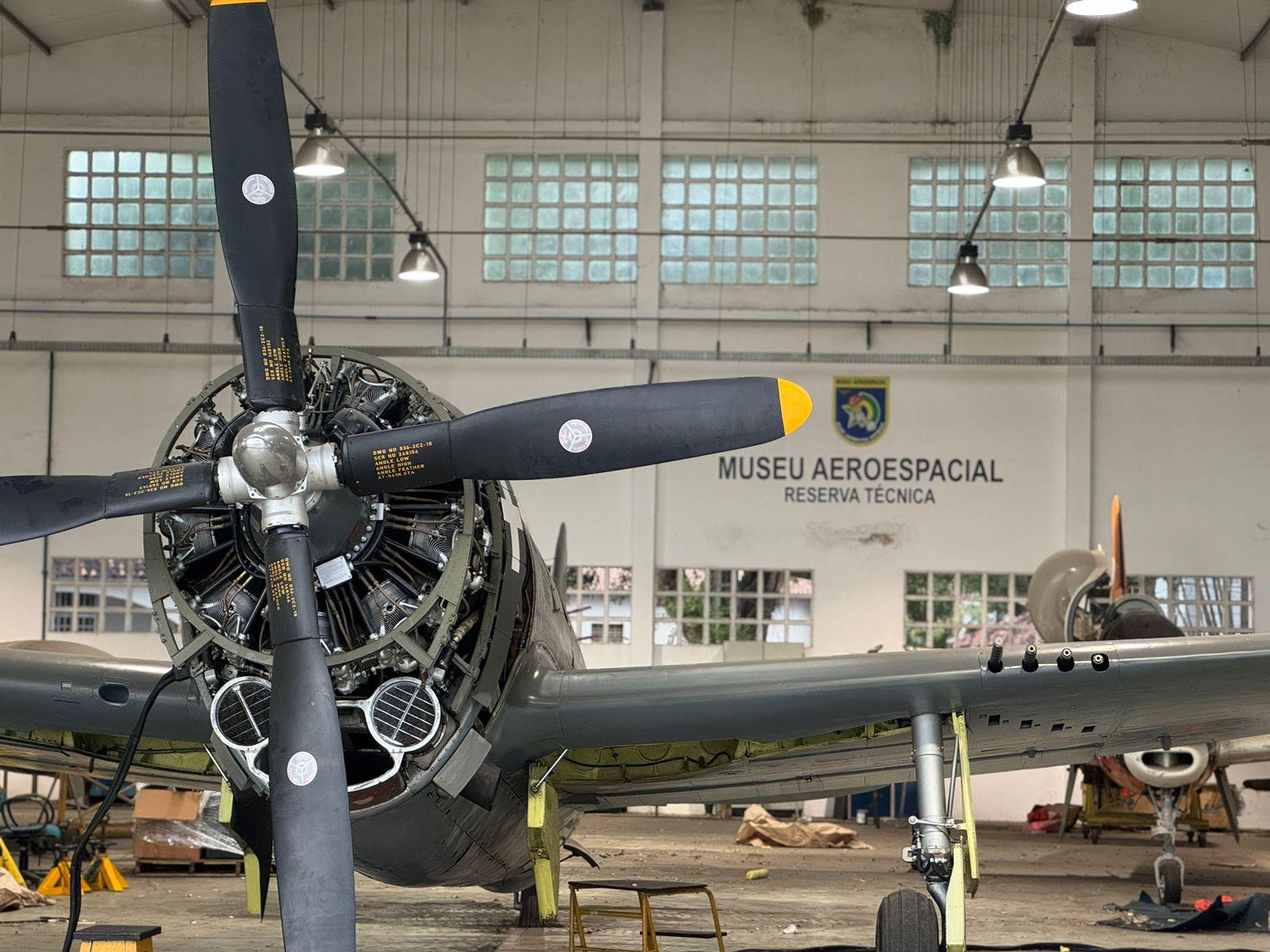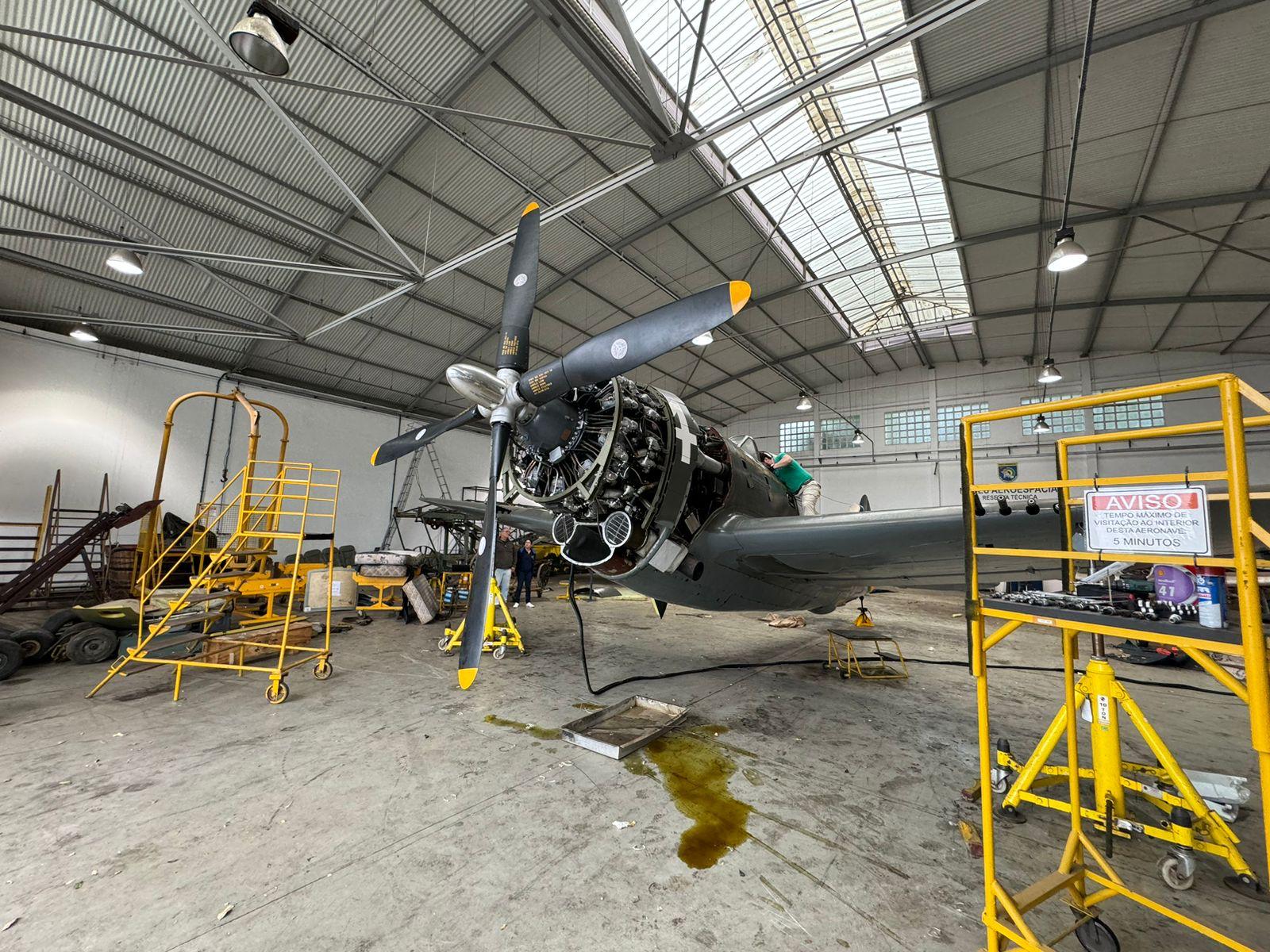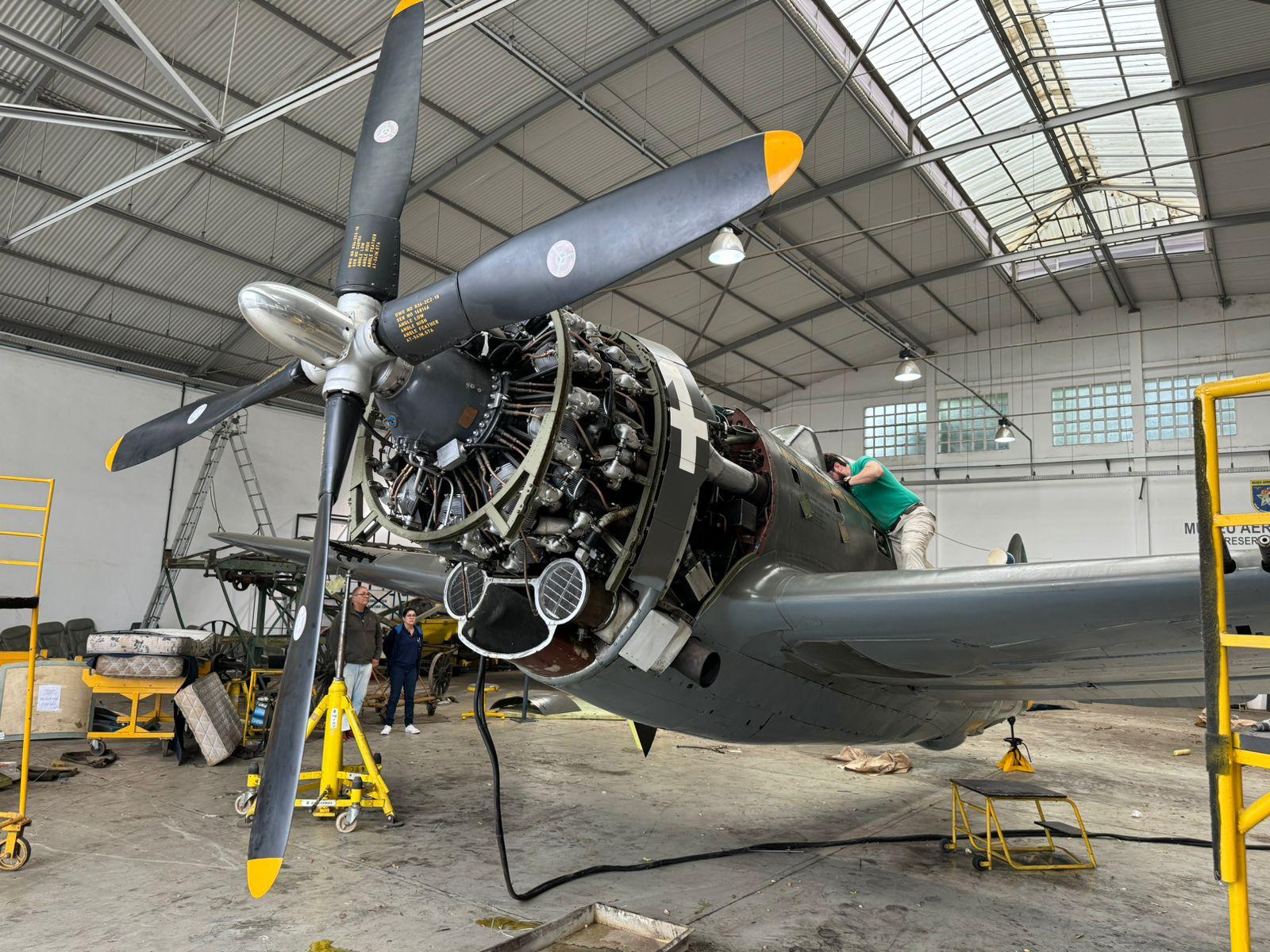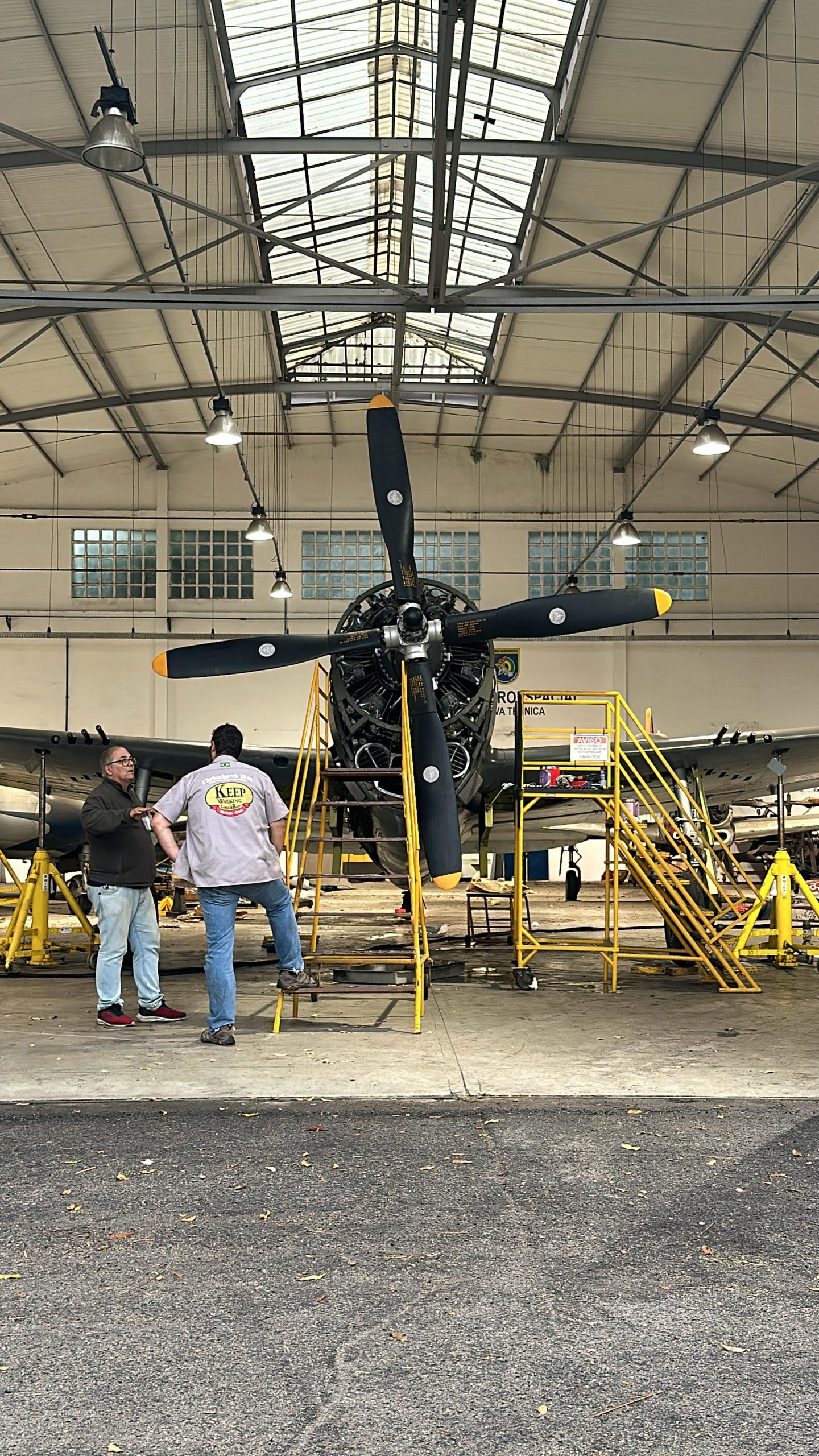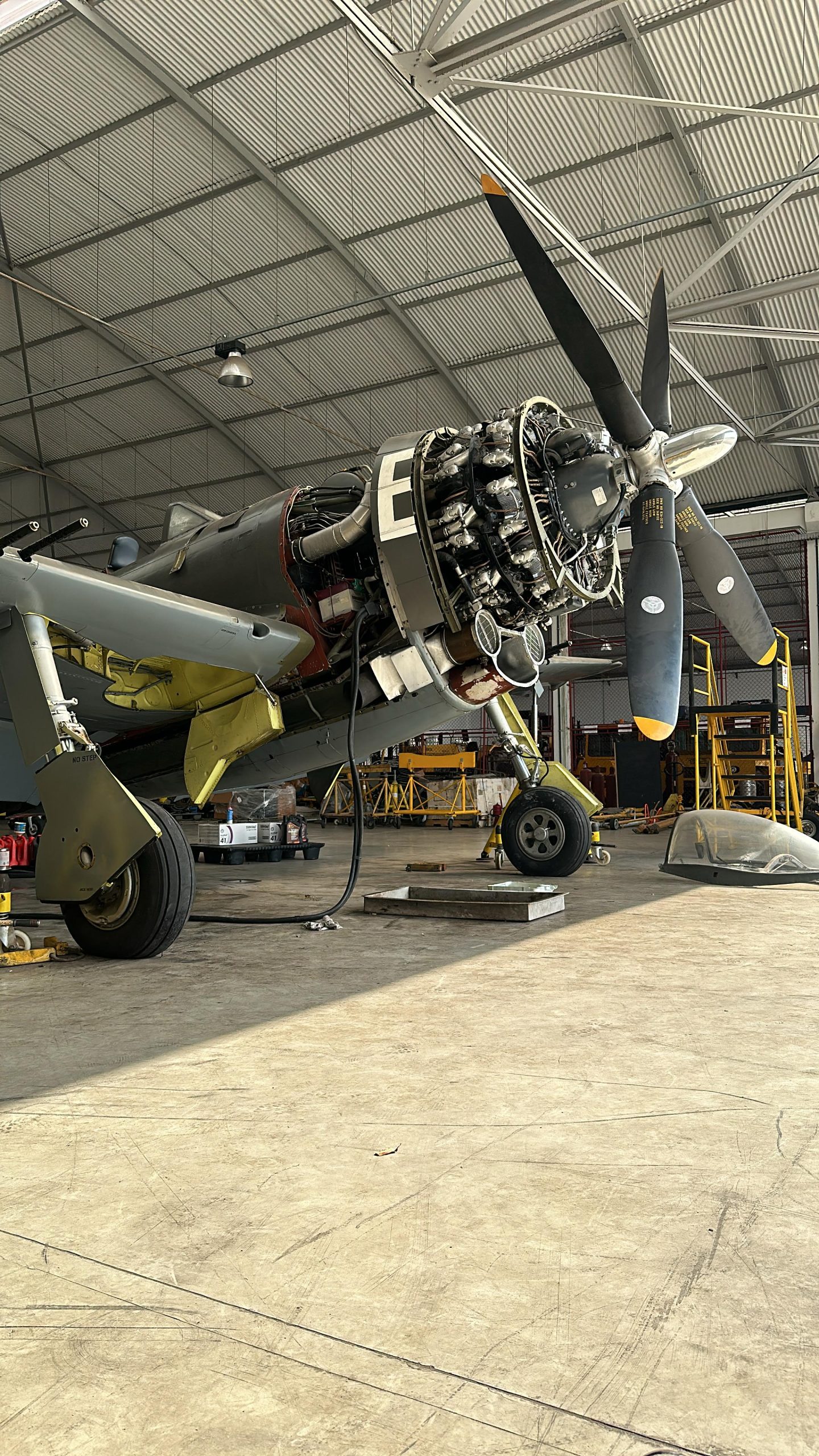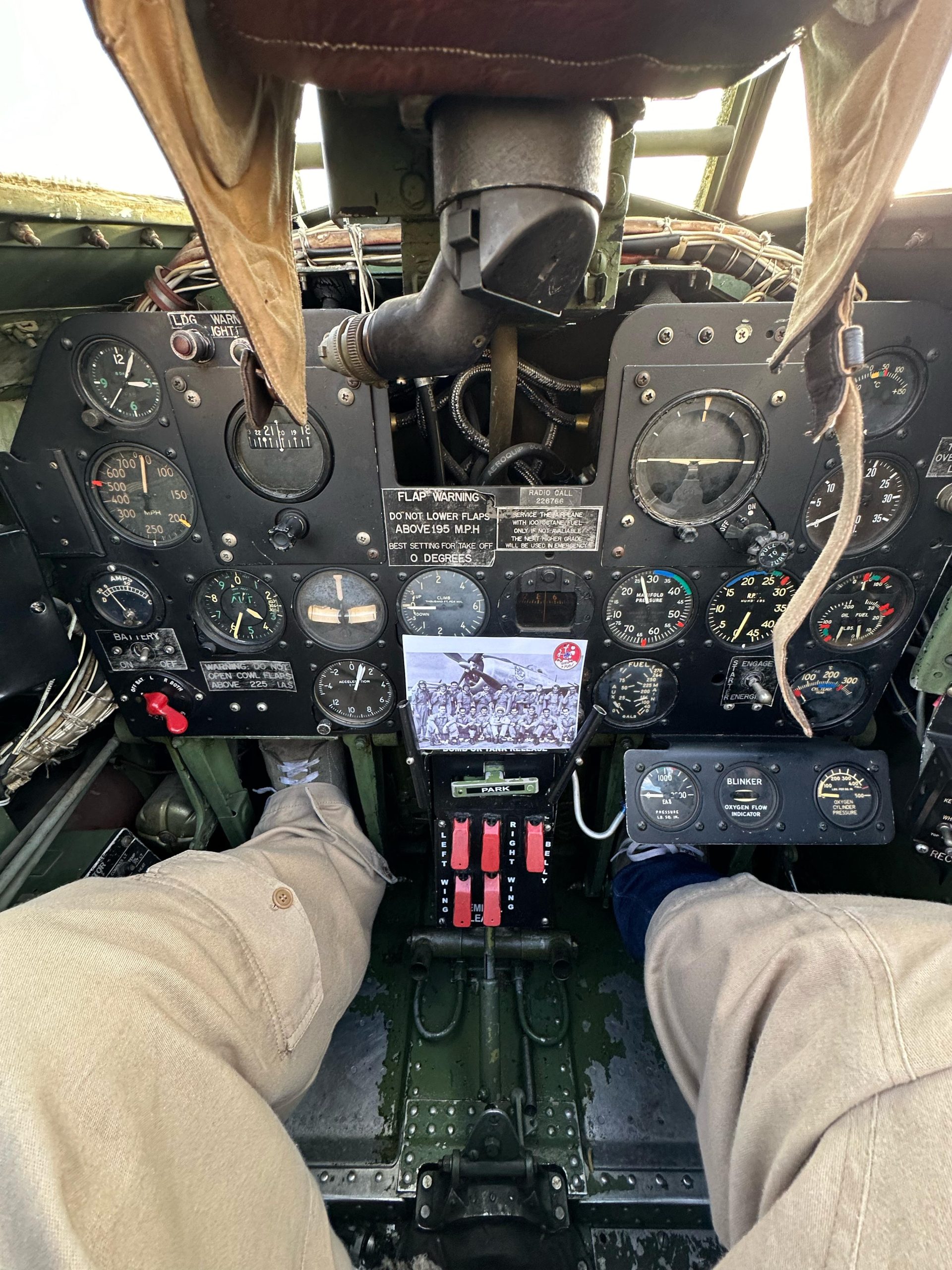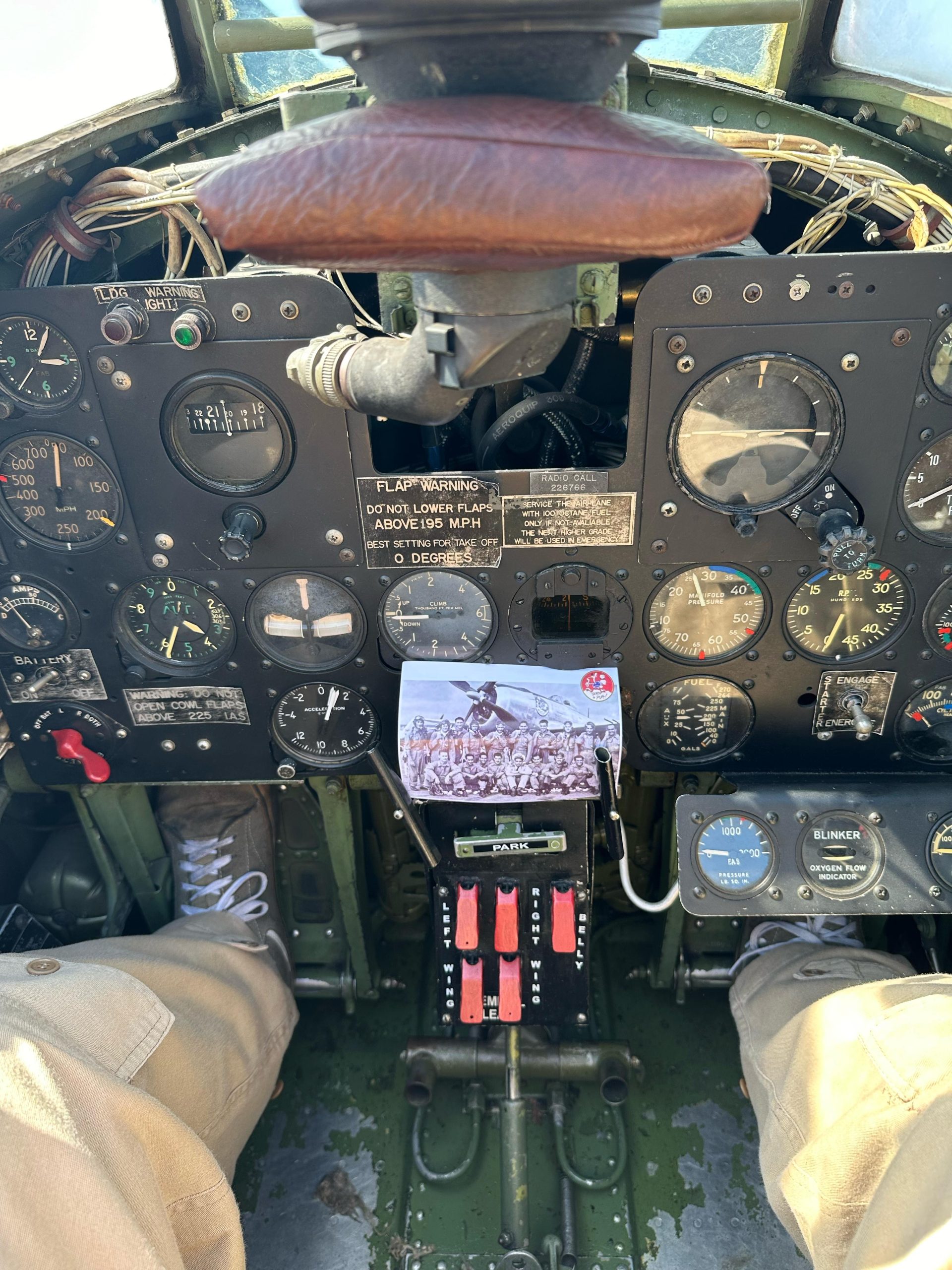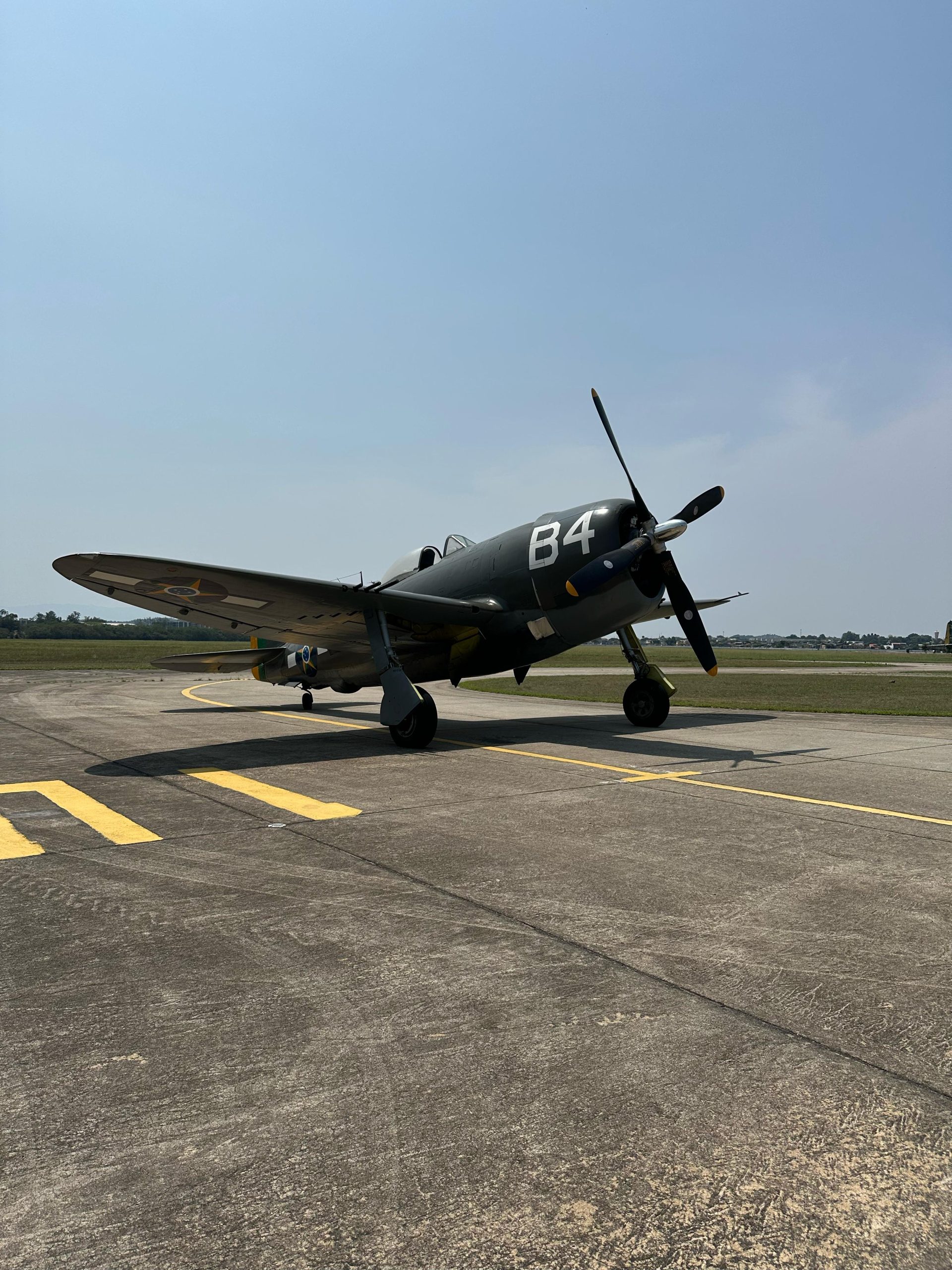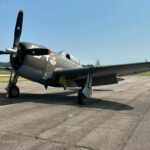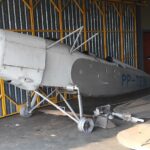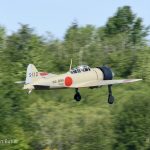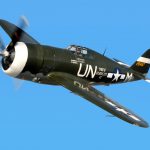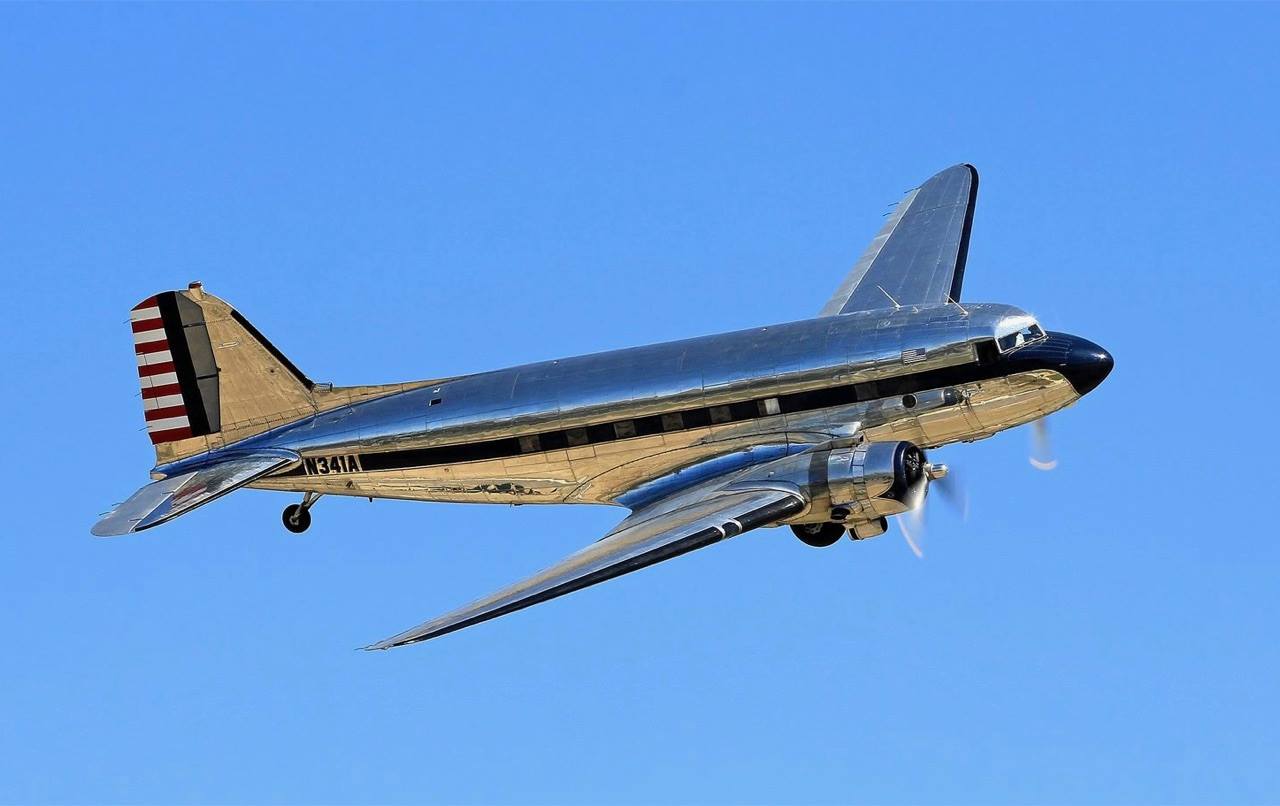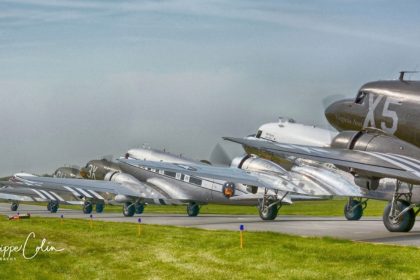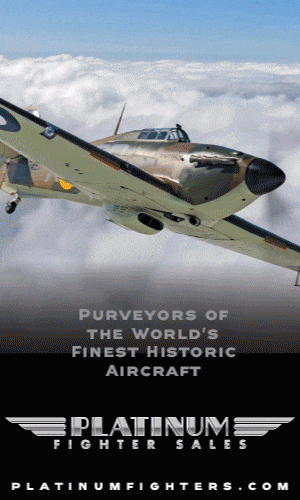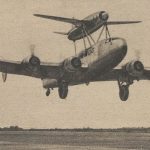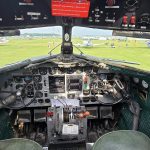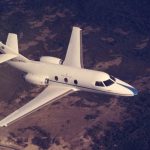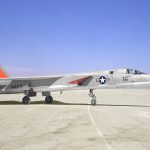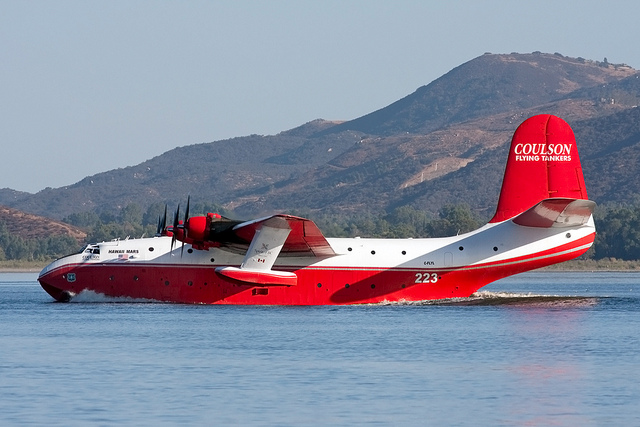In the world of aviation restoration, few projects carry the weight of history and national pride quite like the revival of Brazil’s iconic P-47 Thunderbolt. This particular aircraft, a symbol of the Brazilian Air Force’s role in World War II, has been undergoing a careful and painstaking restoration process with the goal of making it operational once again. The project, which began as a personal request from the Brazilian Air Force Commander, has become a testament to dedication, technical expertise, and a deep sense of responsibility towards preserving aviation history.
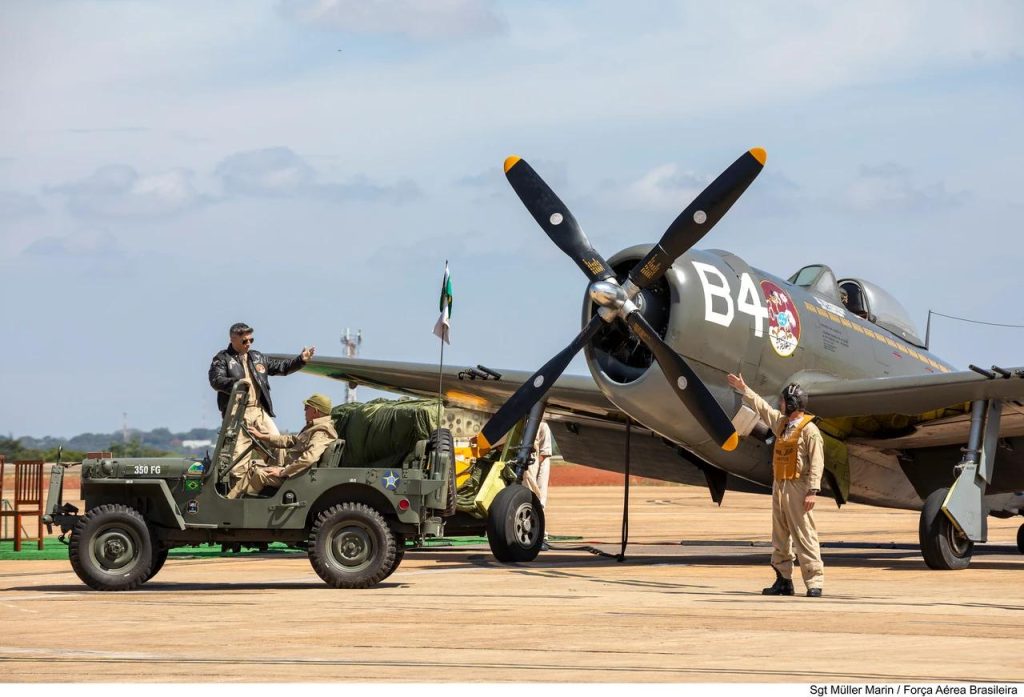
A Historic Request
Rafael Daré, the project manager overseeing the restoration, recalls the origins of the project: “The commander of the Air Force in Brazil wanted to see the P-47 running and taxiing on the 80th anniversary of the Brazilian Air Force’s entry into the war, heading to Italy. It was a significant event, and the project kicked off in April 2024.” The aircraft in question had been grounded for many years, but the commander’s vision was clear: a tribute to the past, with the aircraft running again for the anniversary celebrations in October.
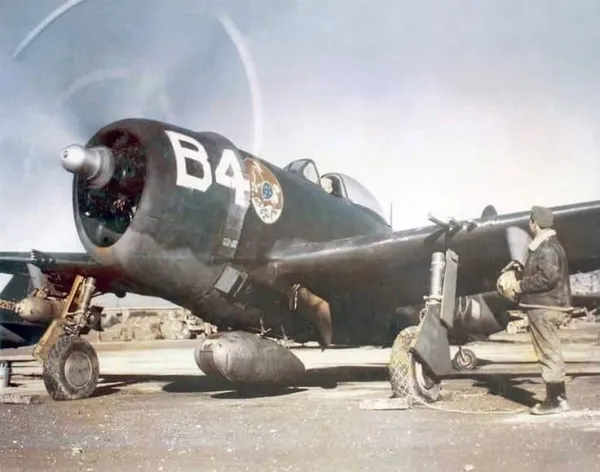
A Challenging Past
Constructed as a P-47D-40-RA by Republic in Evansville, Indiana, the aircraft was taken on strength by the United States Army Air Forces around 1945, bearing the serial number 45-49151. Between 1949 and 1950, it served with the Virginia Air National Guard. On August 13, 1953, the aircraft was transferred to the Força Aérea Brasileira, where it was designated as an F-47 with the serial number 4184. The F-47, serial number 4184, was delivered to the Brazilian Air Force on August 13, 1953. Initially, it served as an instructional airframe at São José dos Campos in 1960 before being relocated to Quaratinguetá Air Base in São Paulo, where it remained from 1967 to 1972. In 1977, the aircraft was transferred to the Museu Aeroespacial at Campos dos Afonsos Air Base in Rio de Janeiro, where it was displayed under the designation FAB/420339/D3. Between 1987 and 1996, the aircraft underwent extensive restoration to become airworthy again, culminating in its first flight in 1996 as USAAF/226766/B4. Since then, it has been displayed at the museum.
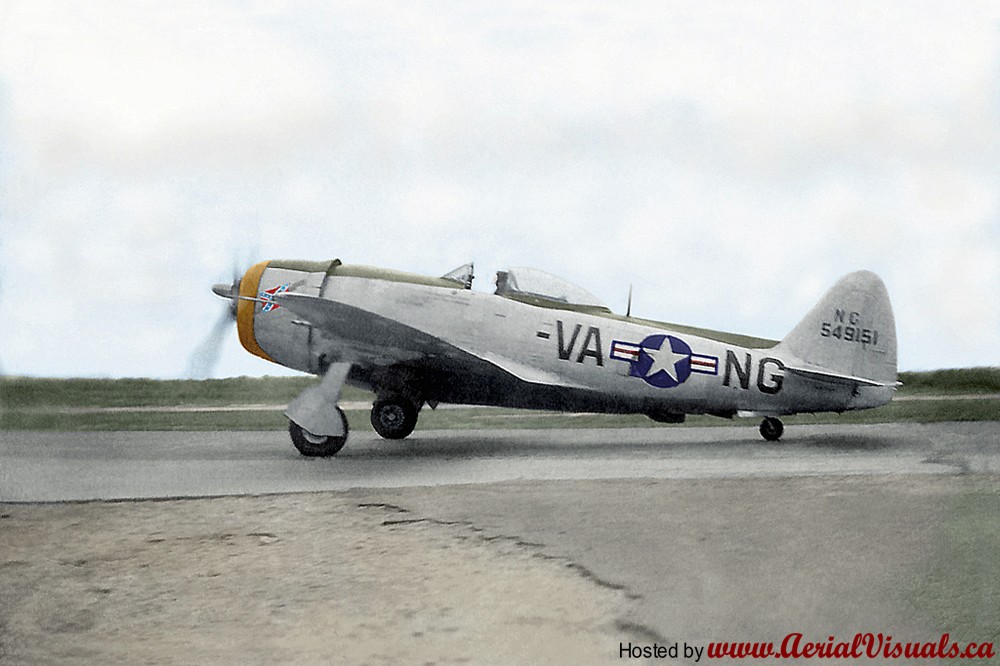
This P-47 was initially restored between 1986 and 1995, but complications arose that kept it from ever flying. Aguirre explains, “The aircraft was grounded after its restoration due to a political situation surrounding who could fly it. The major sponsor of the project was not allowed to operate the plane, as the Air Force preferred a veteran pilot for the task. Unfortunately, this caused the plane to sit idle for years.” During its brief run-ups, the aircraft’s engine suffered significant damage. “They tried to run the engine, but without proper hydraulic pre-flight checks, the first engine was destroyed,” Aguirre adds. “They replaced it, only to break the second engine. This third engine is the one that we are currently working with.”
Restoring the Engine: A Labor of Love
In 2019, the restoration team made an attempt to run the engine again. “We ran the engine for 15 minutes, but it almost exploded,” Aguirre recalls. “From then on, we decided not to run it anymore, and the plane was grounded for nearly five years.” However, the restoration team was not deterred. In 2024, they began a major overhaul of the engine, despite not having the resources to conduct a complete overhaul. “We did extensive maintenance, checked the cylinders, the pumps, and reassembled the engine following the manual specifications,” Aguirre says. “Now we can run the engine without any problems, and we’ve already accumulated five hours of smooth operation.”
In August 2024, after two expeditions totaling eight days and 70 hours of intense work, the Brazilian Aircraft Restoration Association REVOAR, in partnership with Museu Aeroespacial Força Aérea Brasileira Museu Aeroespacial Instituto Histórico-Cultural da Aeronáutica and Força Aérea Brasileira , successfully revived the Pratt & Whitney R-2800 Double Wasp engine of the P-47D Thunderbolt.
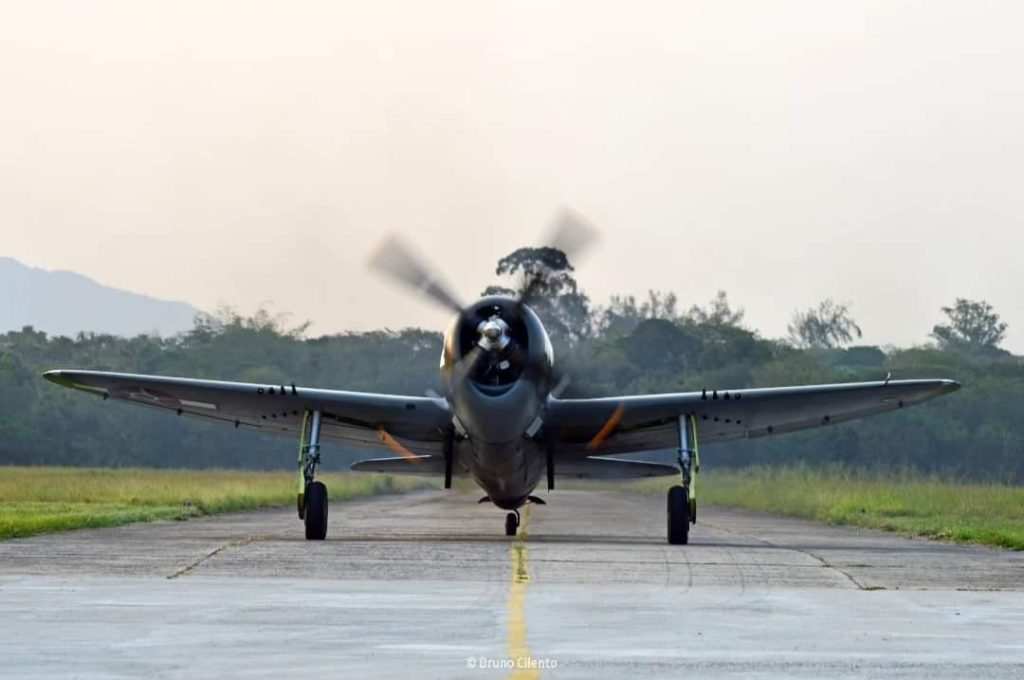
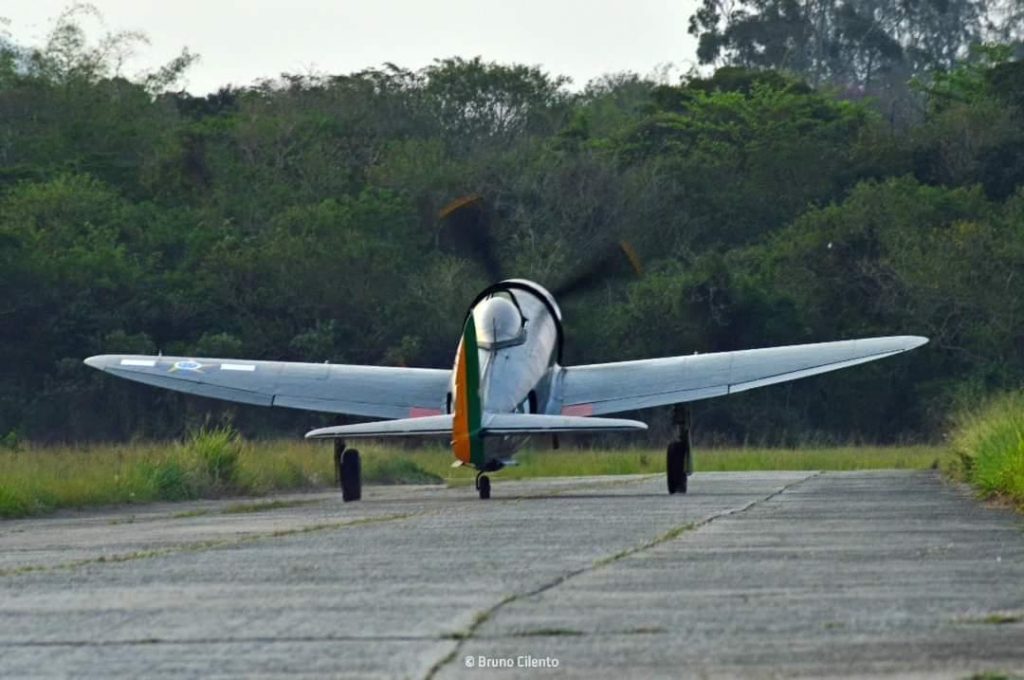
Keeping the Plane in Motion
Aguirre explains that the team has been running the aircraft regularly to prevent further issues. “We run the engine every two or three weeks for five to ten minutes to keep everything in working order. If the engine stays still for too long, we know it will cause problems. From May to October 2024, we ran the plane every three weeks, including a trip to Rio de Janeiro for a successful taxi test. In October, we celebrated the 80th anniversary of the Brazilian Air Force’s entry into World War II by taxiing the plane alongside the A-29s in a beautiful event in Brasília.”
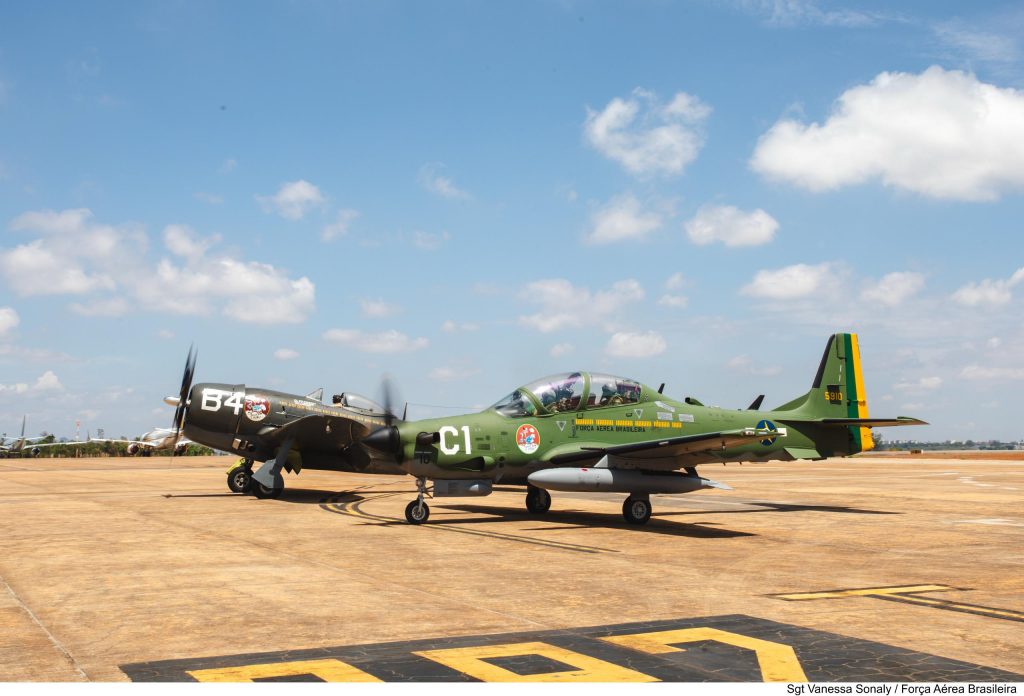
But the project has not been without setbacks. “During the transportation to Brasília, one of the hydraulic lines broke, which required us to re-engineer and rebuild some parts. But we were able to resolve that issue and continue with our work.”
Looking Ahead: A Potential Return to the Skies
The journey is far from over, and Aguirre shares that the team is now focused on the possibility of getting the aircraft back in the air. “We would love to see the airplane in the air once again. But it’s not really up to us,” Aguirre reveals. There are hurdles, of course, as the P-47 was never a civilian aircraft, and there are legal and logistical challenges in obtaining the necessary permissions to operate it.
A Tribute to History
The restoration of this P-47 Thunderbolt is more than just a technical endeavor; it is a tribute to the bravery and sacrifice of the Brazilian Air Force pilots who fought in World War II. Aguirre reflects on the significance of the project: “This aircraft represents a crucial chapter in Brazil’s military history. Bringing it back to life is not just about restoring an airplane—it’s about honoring the legacy of the pilots who flew it and the nation’s contribution to the war effort.”

As the restoration team continues to work tirelessly to make this dream a reality, they are also preparing for upcoming public displays. “The next steps include running the engine again on April 19th, and then taking the aircraft to the Museum Day celebrations on May 18th,” Aguirre notes. “We’re excited to share this piece of history with the public and continue our efforts to bring the P-47 back to full flight status.” For the team involved in the restoration, it is a labor of love, a technical challenge, and a profound honor to play a part in keeping the memory of the Brazilian Air Force’s World War II pilots alive for future generations.
